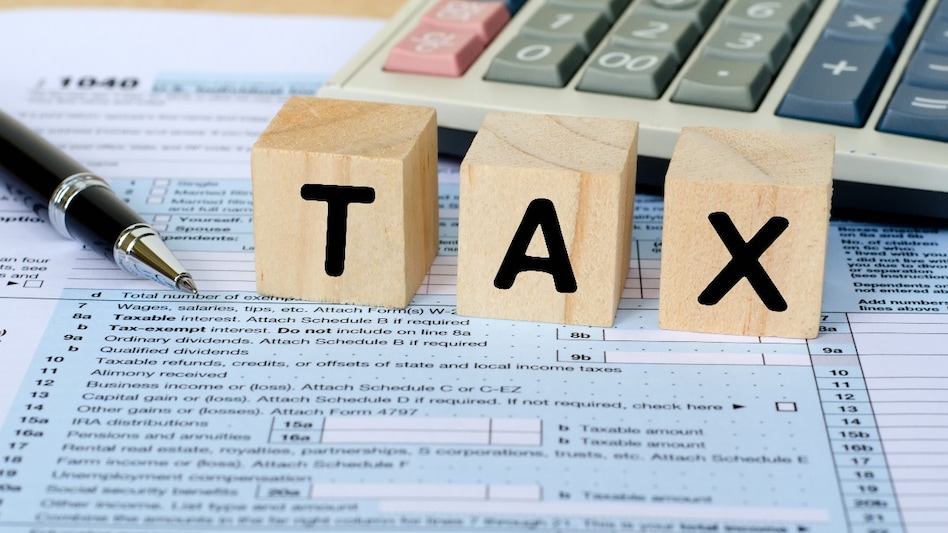 The objective is clear: weed out fake claims, enforce accountability, and boost compliance through automated verification.
The objective is clear: weed out fake claims, enforce accountability, and boost compliance through automated verification.
 The objective is clear: weed out fake claims, enforce accountability, and boost compliance through automated verification.
The objective is clear: weed out fake claims, enforce accountability, and boost compliance through automated verification.A sweeping income-tax investigation reportedly exposed over 90,000 salaried individuals for falsely claiming deductions, costing India’s tax exchequer more than ₹1,070 crore.
The Income Tax Department this time has tightened its filing process, making fraudulent tax deductions significantly harder to execute.
The updated Income Tax Return (ITR) utilities—ITR-1 and ITR-4—now demand granular proof for deductions across key sections of the Income Tax Act.
Claims under Section 80C, which covers investments like LIC, PPF, and ELSS, must now include policy numbers or document IDs. For health insurance under Section 80D, taxpayers must provide the insurer’s name and policy number. This shift ends the era of vague, lump-sum declarations.
The crackdown extends to deductions on loans. Education and home loan benefits under Sections 80E, 80EE, and 80EEA now require detailed disclosures, including lender names, loan account numbers, and sanction dates. For electric vehicle deductions under Section 80EEB, even vehicle registration numbers must be disclosed.
These reforms leverage the Annual Information Statement (AIS), enabling the department to cross-check claims against actual financial records. The objective is clear: weed out fake claims, enforce accountability, and boost compliance through automated verification.
Taxpayers are now required to back every deduction with proper documentation. Failure to comply can result in penalties up to 200% of the tax due, 24% annual interest, and even prosecution under Section 276C.
This compliance-first overhaul marks a pivotal shift in India’s tax framework. For taxpayers, the message is unambiguous: adapt to the new documentation-heavy process—or face stiff penalties.